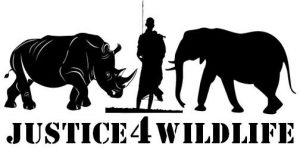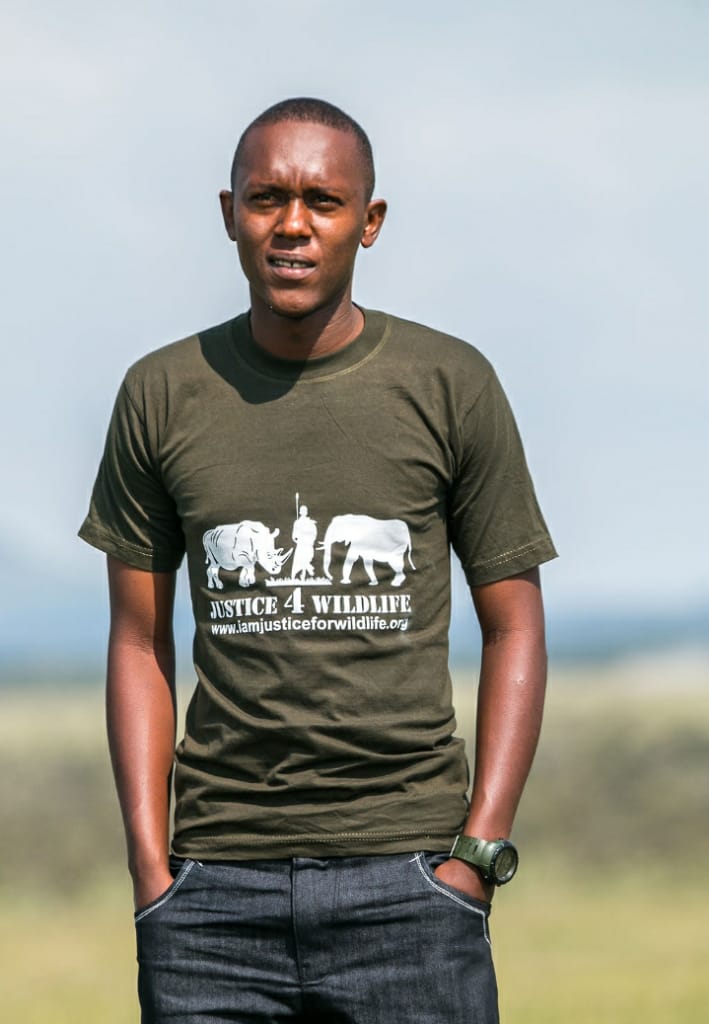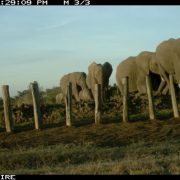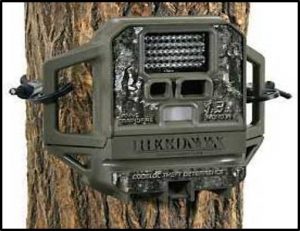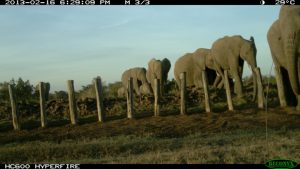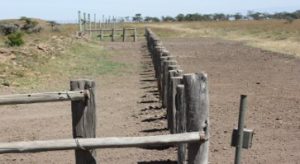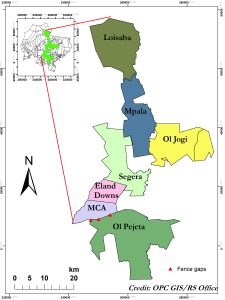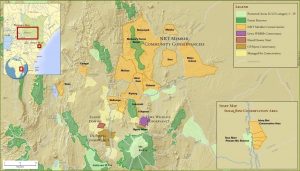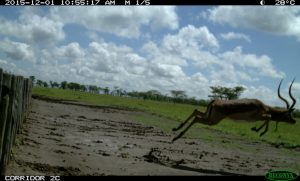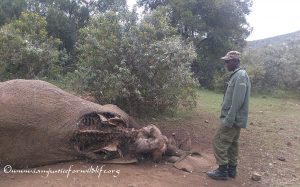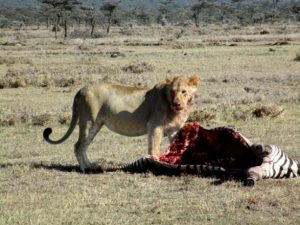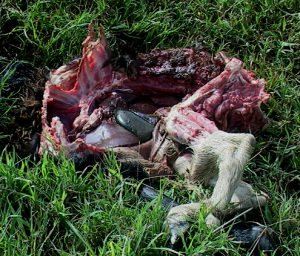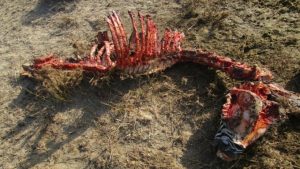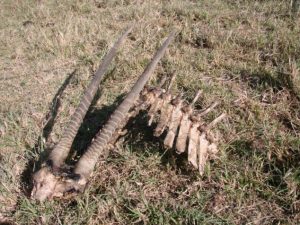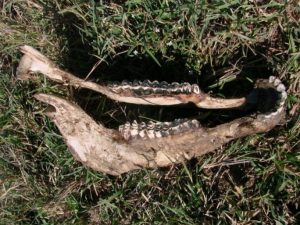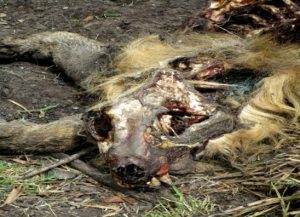Grass is greener at other people’s feet because they watered it. You need not let your environment control you; you have what it takes to make it look beautiful! If the grass is greener on the other side of the fence, chances are it’s getting better care.
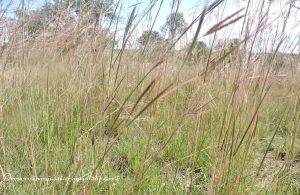
“I asked the waiter, ‘Is this milk fresh?’ He said, ‘Lady, three hours ago it was grass.’” -Phyllis Diller
Did you know that there are about 10,000 species of grass species in the world? Let’s leave it at that, rather how many grass species do you know?
Well if you can’t come up with any from your biology class then let’s take a moment and lemmie school you for a moment back to basic botany, from an ecological perspective we can break down grass spp into two basic categories decreasers and increasers, I hope we are still on the same boat but to make things clear for the benefit of doubt lets further expound; Decreaser species dominate ranges in good condition and deteriorate with either overuse or sparing use. Increaser I species dominate underutilized rangelands while Increaser II dominate those that have been over utilized.
Common grass spp
- Themeda triandra: Red oat grass
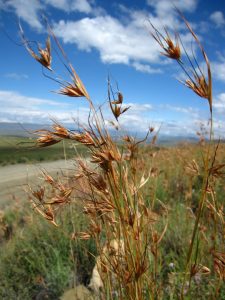
Highly nutritious grass, main attraction of Wildebeests to Mara
This grass is widespread, growing in undisturbed grasslands to savanna, in areas of average to high rainfall. Although the grass grows in any type of soil, it prefers clay and soils with high organic content.
It is an important decreaser that is well adapted to fire, a common element of many areas where it is found. Inappropriate grazing management, however, can result in a decline of Themeda, as it is not well adapted to an uninterrupted, selective grazing regime. A decline in abundance of Themeda in a grassland is usually coupled to a decline in grazing value, species richness, cover and ecosystem function.
2. Cynodon dactylon-Star grass
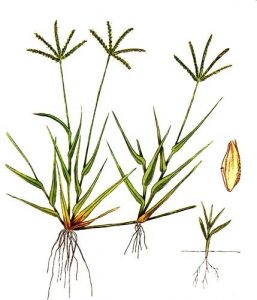
Star grass (cynodon dactylon), Bermuda grass or couch grass is a creeping perennial grass mainly having stolons and rhizomes. It can be a serious weed where it is not cultivated especially in arable farming or pastures.
It is usually unsuitable for crop/pasture rotation but a valuable permanent pasture which can resist animal trampling.
It grows tall if not grazed and become stemmy and coarse therefore unpalatable having very high fibre content. To keep high palatability the grass should be grazed closely before they attain maturity. If grazing is not possible mowing should be done.
3. Pennisetum clandestinum – Kikuyu grass
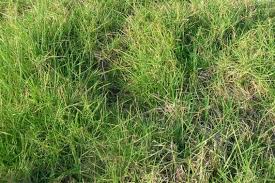
Kikuyu grass Pennisetum clandestinum is a very fast growing lawn grass that is common in Kenya (as the name itself). A native grass in Kenya, it has been introduced to many countries in the world.
This type of grass has dark green leaves that have a blunt apex. The leaves are broad and fold inwards at the midrib. In cold areas, Kikuyu grass forms a dense sod. In warm areas, it hardly forms a dense sod
Kikuyu grass has medium tolerance to heat and drought. Irrigation is therefore advised in hot and dry areas. Fertilize your lawn properly and allow it to grow densely for it to withstand episodes of drought. Its a well-growing stand of Kikuyu grass will effectively smother out weeds.
4. Eragrostis superba (Maasai love grass)
It is a perennial species, densely tufted which is quick growing up to 1m
tall. Has large, flat, attractive spikelets, up to 16 mm long, green, often
flushed purple when young.
Lovegrass is commonly used as livestock fodder. The seeds appear to be of high nutritional value for some animals, but they are also very tiny and collecting them for human food is cumbersome and hence uncommon.
5. Bothriochloa insculpta – Creeping bluegrass
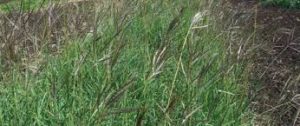
Bothriochloa insculpta is a tufted, leafy, more or less stoloniferous grass that reaches a height of 30-150 cm. The stoloniferous stems are waxy and reddish pink to mauve in colour. The runners generally do not root from the nodes. Seed bearing stems are finer, erect, yellow in colour and have spreading hairs at their nodes. The numerous leaves of creeping bluegrass are glaucous with a powdery wax coating.It has been used for reseeding pastoral denuded land in Kenya.
6. Enteropogon acicularis – Curly Windmill Grass, Umbrella Grass, Spider Grass
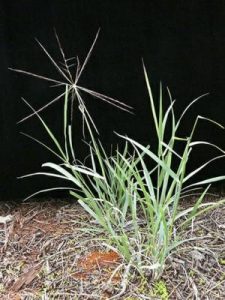
Perennial grass 25cm-1.1m tall. Leaves with a hairless or hairy sheath at the base. Ligule a membrane without a fringe of hairs. Leaves 5-20cm long, 2-6mm wide, flat, surface rough, hairy or hairless, with rough edges. Spikelets purple or brown, 7-11mm long. Seeds with one awn, in pairs. Mature seed groups digitate, with cylindrical branches.
What Next
If you’ve learned something new from this then it’s about time to broaden up your knowledge about grass spp, try making your own catalog with your notebook, phones camera, and Wikipedia it might surprise you how easy it’s going to be identifying new grass spp from your backyard collecting of specimens for future reference and mounting them while classifying them is the next phase, for anyone undertaking or just completed a course in natural resource management or environmental science-related course then this should really be my challenge to you.
Don’t forget to learn what you stumble across with us, have fun at it…
“For most of history, man has had to fight nature to survive. In this century he has to realize that in order to survive he has to protect it.” Jacques-Yves Cousteau Here we celebrate the unsung wildlife heroes in the grassroots doing remarkable work to conserve our wildlife heritage, Get to learn about wildlife from a ranger/ ecologist in Kenya a freelance eco-traveler, experience the diverse cultures and African heritage from the natives and take an adventure to new destinations to learn about rare attractions that are hardly talked about and to top it all up some of the best wildlife photographs that will make you reconnect to your wild side appreciate everything around us and fall in love with the natural world, because “It is not enough to love the natural world; the point is to defend and preserve it.” Edward Abbey
Our wildlife, our responsibility. When it comes to standing up for our wildlife it’s better to be outspoken than unspoken.
